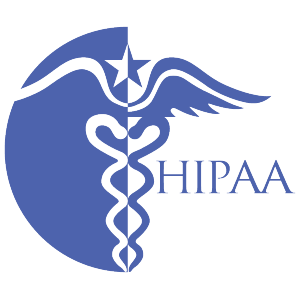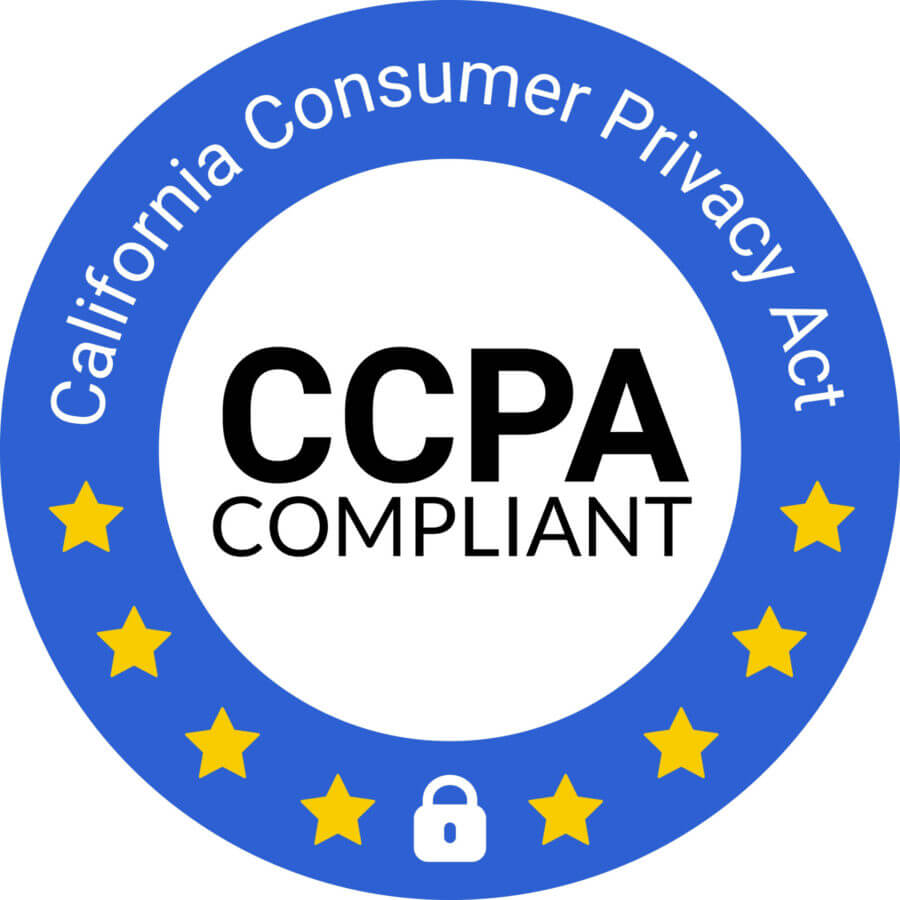Data is the lifeblood of the insurance industry. Due to the nature of their business, insurance companies collect far more sensitive data than most other industries. But with great data comes great responsibility, and it seems as though some insurance companies might need a nudge in the right direction when it comes to protecting their precious data.
It’s obvious that data protection for insurance companies is a big topic, but based on Verizon’s 2023 Data Breach Investigations Report, there’s a lot of room for improvement. The ways in which cybercriminals are able to get their hands on sensitive data are sometimes almost comically basic.
But this isn’t all bad news. Simple attacks can be prevented far easier than more sophisticated attacks. So, let’s take a look at what insurance companies should be doing to prevent data loss, how insider threats and human error play a role, and we’ll round it off with a brief introduction to data regulations and compliance in the insurance industry.
Why is data so important in the insurance industry?
The sensitive information that insurance companies hold includes:
- demographic information
- personally identifiable information
- property details
- historical claims data
- credit scores
- financial records
- health records
- employment records
Insurance companies rely heavily on data for just about every aspect of their business. For example, to evaluate risks associated with individuals, businesses, or assets seeking coverage. Data analytics and predictive modelling help identify (potential) fraudulent activities. And personal data also plays an important role in understanding customers' needs and behaviours so that insurance companies can offer the right products and stay competitive.
Sensitive data is everywhere in insurance.

Main causes and consequences of data loss in the insurance industry
Data drives the day-to-day in the insurance industry, and it’s also an incredibly valuable asset that hackers would love to get their hands on. And they’re trying to – over 1,800 data breach incidents occurred last year alone.
Why? Because selling sensitive information is a big business. Because a bad guy armed with a treasure chest of personal information means easy fraud. And that means potential financial gain – the driving force behind most criminal activity.
But here’s the surprising part: The majority of successful data breaches in the financial and insurance industries are basic attacks such as
- basic web application attacks (where the hacker targets vulnerabilities in web applications such as websites),
- brute force attacks (where hackers basically guess passwords),
- and misdelivery (where protected data is sent to the wrong recipient).
The good news is that preventing these types of attacks is fairly simple, and some good employee education and a comprehensive data loss prevention (DLP) system will do wonders. We’ll talk about the measures insurance companies can take to protect their data below.
Data breaches in the insurance industry can have severe consequences. The exposure of sensitive customer information can lead to financial liabilities, including legal settlements, compensation pay-outs, and the cost of restoring data security.
The loss of customer trust and confidence due to a data breach can result in reputational damage, leading to a decline in business and customer retention. Would you trust your data and finances to a company who has had trouble protecting its clients before? We didn’t think so.
Additionally, insurance companies could face regulatory penalties and fines for non-compliance with data protection laws, which means digging even deeper into those company pockets.
How insider threats play a role in insurance institutions
In a nutshell, insider threats are very prevalent in insurance companies. A whopping 34% of breaches or incidents in the finance and insurance industries come from inside the institution. These can be malicious or – usually – accidental. Weak passwords, sending data to the wrong email address by mistake, a departing employee that retains access to company records, losing or getting a device stolen that has sensitive information on it – these are all very common causes for data loss in insurance companies.
Other situations to consider:
- Employees that travel frequently or work remotely – Are they using a company VPN to encrypt data being sent and received? What type of networks are they connecting to?
- Employees that work from their own devices – Have you defined acceptable devices and software? Are you implementing mobile device management software? What’s your incident response plan?
- Departing employees – Do you have an offboarding plan? Have employees signed a confidentiality agreement? Do you properly revoke systems access (don’t forget about cloud services!)?
But some proper employee training, creating easy-to-follow security policies, and making sure employees have a point of contact within the company that will help with any security-related questions can prevent a large percentage of insider threats. Our article about Education Employees About Data Security goes into more detail on how to train employees to keep company data safe.

Data security regulations relevant to insurance companies
Insurance companies must navigate a complex web of data protection regulations to ensure compliance. Key regulations that impact the industry include general and industry-specific regulations, international and local laws.
It's important to understand that regulations can apply to companies outside the jurisdiction where they are established. Sometimes, even if a company is located in a different part of the world, they still need to comply with a regulation if they handle data from people in that specific jurisdiction.
Here are some of the main ones:

GDPR (EU)
GDPR is the European Unions comprehensive data protection law. The regulation applies to all businesses and organizations that collect, store, process, or transmit personal data of individuals residing in the EU, regardless of where the organization itself is located. It grants individuals control over their personal data.

HIPAA (USA)
HIPAA is a US federal law that focuses on safeguarding health information and requires companies that handle sensitive health information to implement robust security controls to protect patient data.
CCPA (USA)
CCPA is a state-level data protection law in California. It’s not industry-specific, but organizations that meet certain criteria and collect personal information from California residents are required to comply with specific regulations regarding the collection, use, and protection of personal data. This includes insurance companies that operate in California or collect personal information from California residents.

GLBA (USA)
The Gramm–Leach–Bliley Act is a US law that governs the handling of non-public personal information by financial institutions, including insurance companies. One of the key components is the Privacy Rule, which requires financial institutions to provide customers with clear and concise privacy notices that explain the institution's information-sharing practices.
DORA (EU)
The Digital Operational Resilience Act is a regulation applicable to financial entities, including insurance companies, operating within the European Union. It aims to bolster digital resilience and requires all sorts of financial institutions and their technology partners to enhance their ability to protect themselves from technology-related risks. DORA has been passed and will become enforceable in 2025.
Security measures insurance companies can take to protect their data
Remember, prevention is always better than cure when it comes to data loss. With a proactive and multifaceted approach to data protection, insurance institutions can safeguard their data assets, maintain customer trust, and remain resilient in the face of evolving cyber threats.
As a base, companies can use ISO 27001, a major international standard that provides a good guideline for the establishment of an effective information security management system. You want to set up the best possible data security policy for your organization to prevent any threats. Learn more about ISO 27001
We’ve already discussed the importance of managing insider threats, but what else should insurance companies keep in mind to set themselves up the best they can? Here are the main pillars of data loss prevention:
- Implement multi-layer security infrastructure, set password policies
- Classify and encrypt sensitive data, deploy secure communication protocols for transmitting data over networks to add an extra layer of protection
- Clearly define roles and responsibilities, employ a Zero Trust policy
- Keep software up-to-date (patching up vulnerabilities as soon as possible)
- Backup data regularly
- Perform regular risk assessments and penetration testing
- Develop and implement detailed (but easy-to-follow) security policies and procedures, and have response plans ready
Last but not least, take advantage of Data Loss Prevention solutions. To complement the above measures, DLP software helps monitor and protect sensitive data by classifying, identifying, and preventing data leakage through various channels, including email, removable storage devices, and cloud applications. These solutions enable organizations to create and enforce data loss prevention policies, detect and block unauthorized data transfers, and generate detailed reports for compliance purposes.

How Safetica’s DLP solutions can protect data in the insurance industry
Using Safetica’s DLP solutions will allow you to prevent data leaks and help investigate incidents, ensure regulatory compliance, and prevent human errors and deliberate malicious actions.
Starting with an audit to understand the flow and context of your organization’s sensitive data, we will help you set up your security policies to reflect industry best practices and stay on top of always-evolving cyber-security measures. Our automated alerts and real-time reports will ensure that your system is under efficient surveillance.
Safetica’s DLP products are simple and smart. It’s not just a slogan. We are committed to simplicity, automation, and a fast adoption process. Data loss is a headache, but your DLP system shouldn’t be.
Next articles

Strengthening Data Loss Prevention (DLP) in AWS
A comprehensive guide to Data Loss Prevention (DLP) in Amazon Web Services (AWS), outlining key features and strategies for protecting sensitive data. Explore how integrating Safetica can enhance AWS's native DLP capabilities.



